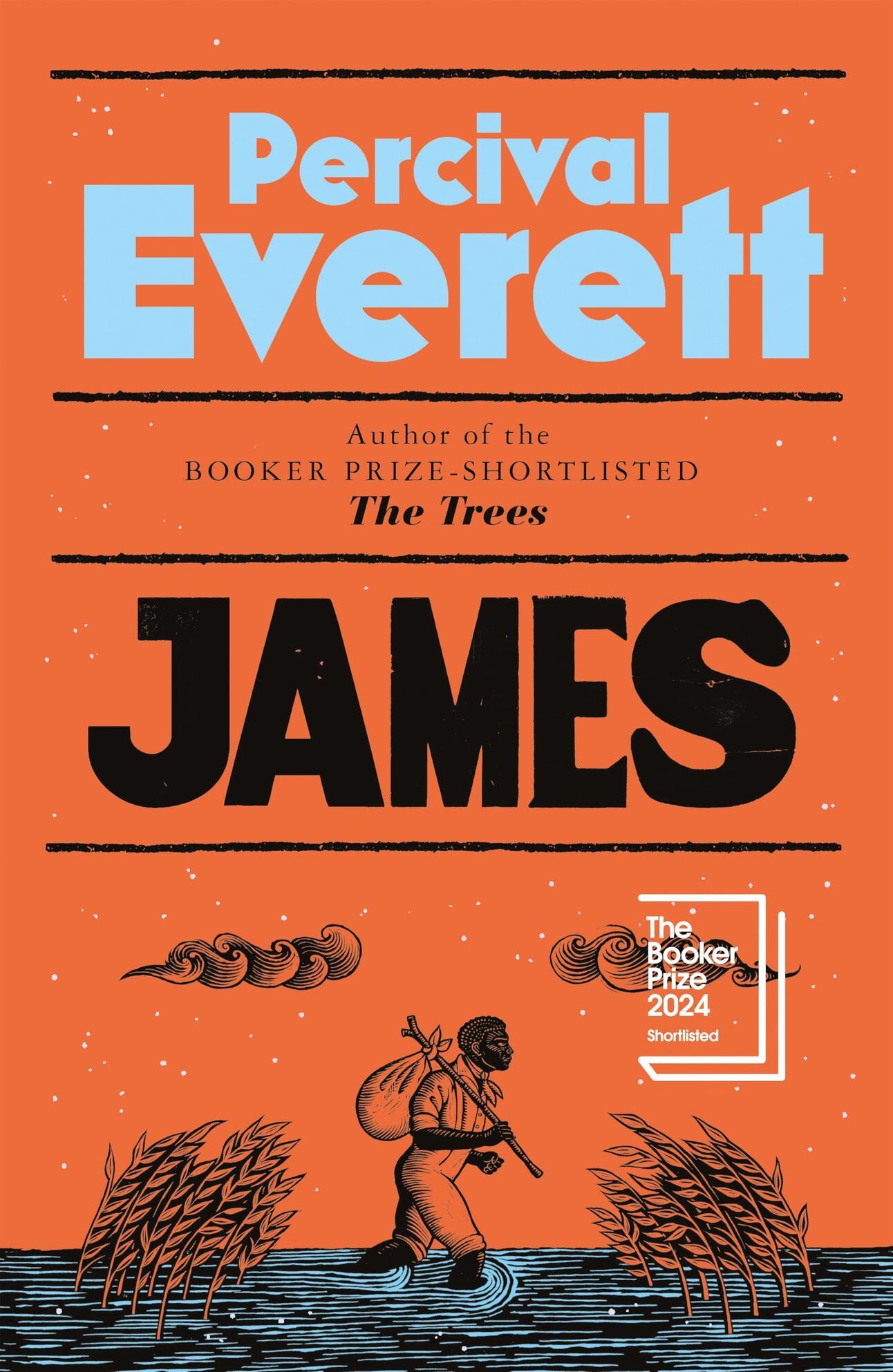- It's An Inside Job
- Posts
- Beyond the Pursuit of More
Beyond the Pursuit of More
Years ago, tennis icon Arthur Ashe shared a story that changed how I think about performance and success.
Ashe played Jimmy Connors seven times throughout their careers, losing in all except, famously, the 1975 Wimbledon finals. Both were extraordinary players, but Connors had dominated the sport as world number one for an extended period.
After losing one of their matches, Ashe reflected on what distinguished them, which I’ll paraphrase here:
“So I'm standing there waiting to receive serve. I’m thinking about missing the last shot, whether to use topspin or slice on my return and where I might go to dinner with my wife after the match. Connors is on the other side of the court, preparing to serve, and he has a single thought:
I am the ball.
Ashe’s wry observation illuminates something profound about human performance. Just watch a six-year-old learning a sport. Children improve rapidly because they’re simply visualizing and imitating. They haven’t yet learned to overthink.
It’s when we start to analyze and consciously exert control—in a sport and in almost any dimension of our life—that we struggle.
The Inner Workbench:
Beyond the Pursuit of More
For decades, “more, bigger, faster” has been a mantra that animates corporate life. This guiding principle shapes not just how organizations operate, but also how we think about success, achievement, and personal growth.
It’s a mantra that has been captured in countless cliches: Work till you drop. Burn the midnight oil. Go the extra mile. Stay the course. Keep on keeping on.
We celebrate grit and perseverance, will and discipline. Our heroes are those who are willing to grind it out, no matter the cost.
But what if this deeply embedded belief system is actually holding us back?
Here's what I've discovered in years of work with high performers: The harder you consciously try to reach a particular outcome, the more elusive it often becomes. Most of our clients are highly respected, admired by their peers, and financially stable. Yet when given a safe space to open up about how they truly feel, they share a common sentiment:
Beneath their accomplishments, something still feels missing. Why? Because like so many of us, they have become disconnected from who they are, and what they really need.
Surface vs Deep Desire
To a far greater extent than we realize, most of us define what we want by what we think will win us the acceptance, approval and admiration of others. We seek instant gratification through external validation, achievement, and winning.
I call these surface desires. Satisfying them feels good in the moment, but it rarely lasts.
Measuring ourselves by whether we achieve specific outcomes, and win the approval of others, is a prescription for discontent. Nothing we get from the outside can substitute for what we’re missing on the inside. Constantly seeking dopamine-driven temporary highs tends to obscure and overwhelm our deepest desire – which begins with self-acceptance.
Instead of constantly pushing and striving, deeper satisfaction emerges from immersing ourselves in whatever we’re doing, and taking a leap of faith by allowing and accepting whatever ensues, and not judging it too quickly.
To meet our deeper needs, we must learn not to overvalue our surface desires. This is deeply counter-intuitive, especially for driven high achievers. Most of us have been conditioned to believe that success comes from exerting more control, not less. The notion that we might experience more satisfaction by letting go, rather than pushing ourselves ever harder, feels not just foreign but frightening.
But here’s something no one tells us: there is a profound difference between the maps we draw in our mind to get what we think we want, and the territory. Our life experience actually happens in our bodies.
The mind works analytically and deductively, breaking everything into parts that can be measured and controlled. Real experience—the kind that leads to breakthrough and transformation—happens below the neck.
This territory requires a different kind of trust—trust in an intelligence that doesn't speak in words or bend to our will. When we let go of our rigid agendas and trust in this deeper intelligence, we often discover that life has something better to offer us than our mind does.
Energy Experiment: The Daily Release
For the next two weeks and heading into 2025, I invite you to experiment with consciously letting go of control. Here's the practice:
1. Take 10 minutes to find a quiet space. Bring a notebook.
2. Write down everything you're trying to control or force into happening—projects you're pushing too hard on, outcomes you're attached to, goals you're gripping too tightly.
3. Next to each item, write what you fear might happen if you loosened your grip.
4. Now, practice consciously releasing each one. You might say to yourself: "I'm letting go of needing this to happen in exactly this way." Notice how your body feels as you do this.
5. Finally, ask yourself: "What would be possible if I trusted that there might be a better outcome than the one I'm forcing?"
The goal isn't to abandon your aspirations but to create space for unexpected possibilities. Pay attention to:
• How your body feels when you consciously release control
• What new insights or opportunities emerge when you stop pushing so hard
• The quality of your work and relationships when you're not trying to force specific outcomes
Try this for two weeks and then tell me about your experience at [email protected].
What I've Been Reading and Watching
Non-fictionJames by Percival Everett. Mark Twain’s Huck Finn retold through the eyes of a slave.  |
Until next time,
Tony
Follow me on LinkedIn for more insights.